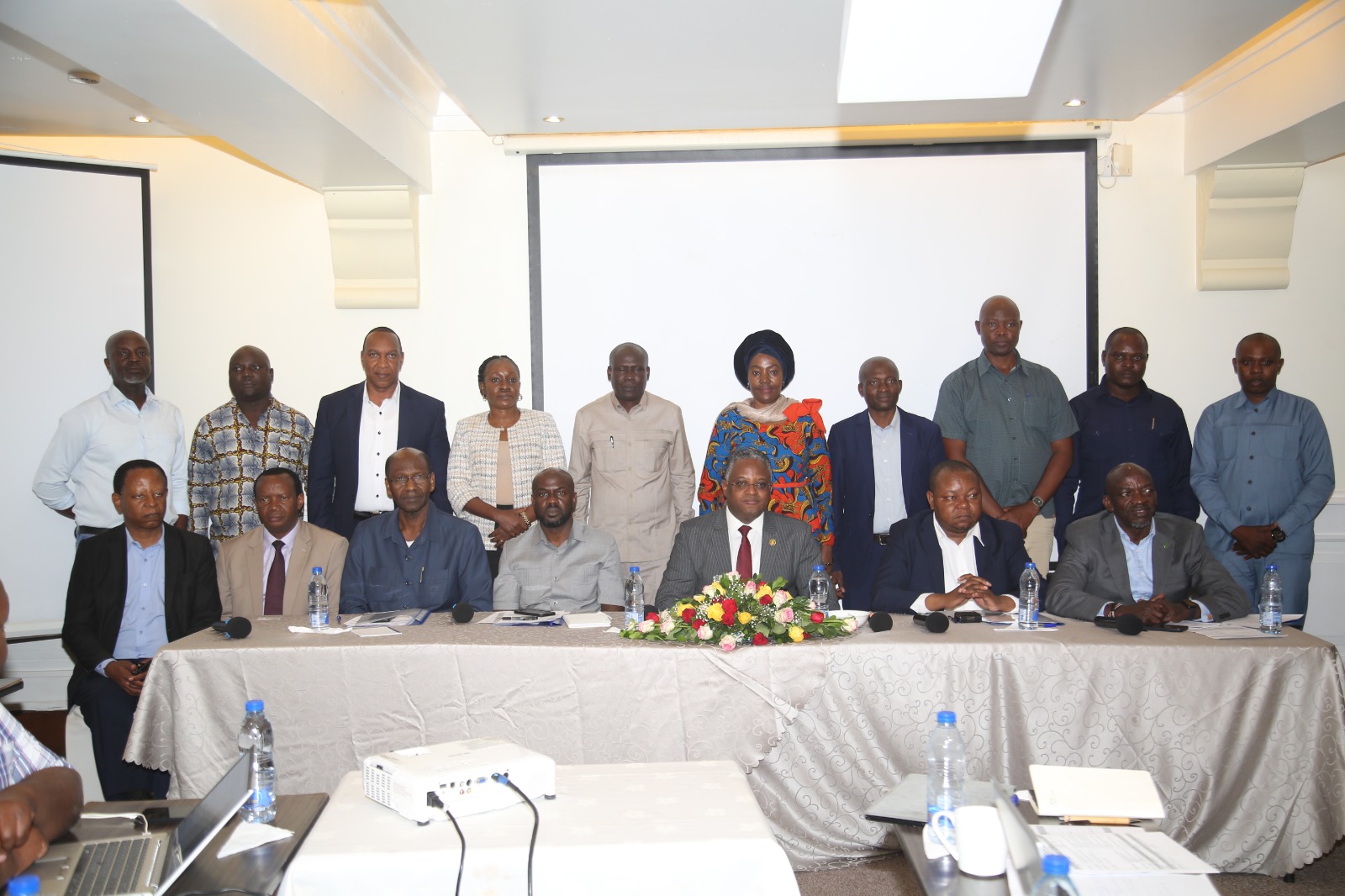Tanzania Sees Mixed Trends in Food Commodity Prices Following Recent Harvest
TANZANIA – The Tanzanian food commodity market is displaying varied price shifts. Recent months have predominantly shown a drop in prices, a trend linked to the influx from the latest harvest season.
That said, the price dip isn’t universal. Beans in specific locales like Dodoma and Moshi have seen price hikes of 1.87% and 2.7% respectively. More alarmingly, maize, essential for numerous Tanzanian households, has shot up by 41.18% in Dodoma.
On the other hand, rice prices in Arusha and Moshi have seen moderate increases, with increments of 3.41% and 2.36% respectively. Notably, despite these changes, current commodity prices remain significantly higher than last year.
For an in-depth analysis, readers can consult Table 9 in the 40th edition of the Food Security Monitor, dated August 2023. This table categorizes price changes using specific symbols denoting low, moderate, or high increases or decreases, offering a comprehensive overview of recent market trends.
Additionally, the Food Security Monitor highlights an initiative in Southern Africa. The European Union’s 11th Development Programme is set to invest Euros 2.638 million to enhance the Tunduma border post, bolstering trade flow along the Zambia-Tanzania corridor.
Of grave concern, as of September 30, 2023, 54.3 million people across six selected East African nations experienced insufficient food availability. Although this reflects a 5% decrease from the previous month’s 57.2 million, the situation remains dire. The number is an improvement from the 61.8 million recorded the same time last year but is more than the 50.8 million in 2021. Food security has shown marginal recovery, particularly in Kenya, South Sudan, and Tanzania.
In the latest edition, prominent updates encompass several regions and facets:
For food security, East Africa grapples with concerns across most of its countries, excluding Rwanda. Southern Africa predominantly exhibits IPC 2 and 3 conditions, while Burkina Faso, Mali, and Niger in West Africa face pressing food insecurity issues.
From a trade perspective, there’s a collective effort among EAC partner states. Via their standards bodies, they’ve approved 11 initiatives to refine food product quality in the marketplace. Further, the European Union’s 11th Development Programme is backing enhancements to the Tunduma border post to fortify trade in the Zambia-Tanzania corridor. Additionally, ECOWAS has announced plans to commence the construction of the expansive 1028-kilometer Abidjan-Lagos highway by January 2024.
On the commodity pricing front, East Africa generally witnesses a decline in food commodity prices, with Ethiopia being an exception. In contrast, Southern Africa sees subdued prices in Mozambique, while Malawi and Zambia experience heightened rates. West Africa showcases varied pricing patterns; Mali and Ghana are beneficiaries of reduced prices, but Niger and Nigeria are contending with escalated costs.
Here is the full report-


